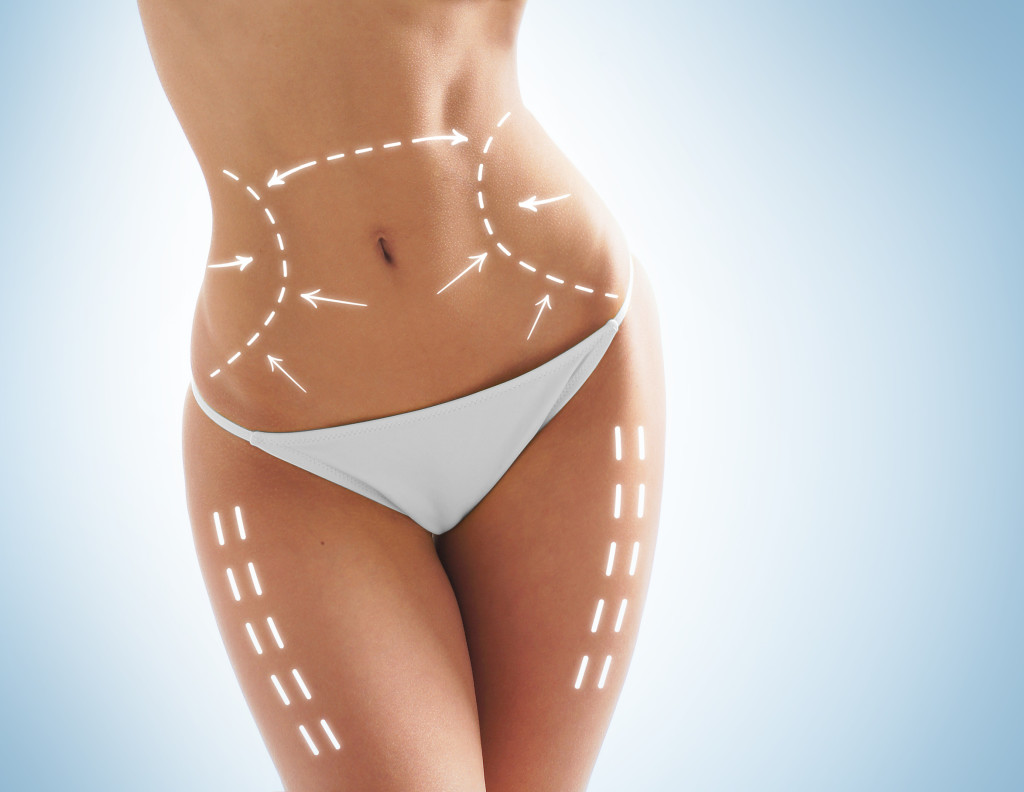Botox, breast augmentation, and tummy tucks. What do all of these procedures have in common? They’re all some of the most commonly sought-after forms of cosmetic surgery. Regardless of personal opinions on the validity or necessity of cosmetic surgery, this doesn’t stop thousands upon thousands of people from seeking out these procedures on a daily basis.
You might find yourself being one of them. There’s nothing wrong with that. This particular article is going to cover the topic of the tummy tuck, what exactly the procedure tries to accomplish, and how that end goal is brought to fruition.
What Is a Tummy Tuck?
Although it has a rather cutesy name, a tummy tuck is a serious enough procedure. The people who seek out a tummy tuck typically have an excess of fat and skin around their abdominal area. As people age and their weight fluctuates, the skin around the midsection becomes stretched out and doesn’t always return to how supple and tight it was at one point in their lives, regardless of their current weight situation. Some people also have fat deposits around their midsection that never seem to go away regardless of their fitness plans.
Surgically removing the skin and fat in this area is the end goal of the tummy tuck. A cosmetic surgeon completes the procedure with the help of trained medical staff.
What Happens During a Tummy Tuck Surgery?
A tummy tuck surgery, from beginning to end, takes around two to three hours. The patient is asleep the whole time under general anaesthesia, and will remain in the care of the doctor at least overnight as the sutures heal. The process begins with anaesthesia and pain-killing medication being administered to the patient, who then loses consciousness. Next, an incision is made that separates the skin from the abdominal muscles. Depending on the particular surgeon, this will either be an incision above the pubic hairline in a horizontal fashion around the waist or around the hip bones in a vertical fashion.
Next, the skin is pulled towards the incision with any excess being entirely removed and discarded of. Now, the skin is sutured back into place and the whole abdominal area is “tighter” overall since the excess skin has been removed. The procedure is now over and recovery begins.
Recovery
Afterward, the patient can expect to have stitches and bandages around the incision where the procedure was completed to contribute to the proper healing of the skin. For one to two months, the patient will be unable to do any strenuous activity that would agitate the abdominal area and risk the sutures coming apart.
Proper recovery involves making sure to eat healthy and have a proper diet, as well as following the exact instructions of the physician who completed the procedure. Failure to follow these instructions can result in complications such as infection or delayed healing.
This procedure varies significantly from surgeon to surgeon and their personal philosophies also vary. Doing your homework from as many sources as possible is essential to know if this procedure is right for you. Vera Clinic has a wealth of information on the tummy tuck and on other procedures, ensuring the information you receive is from trustworthy sources.

